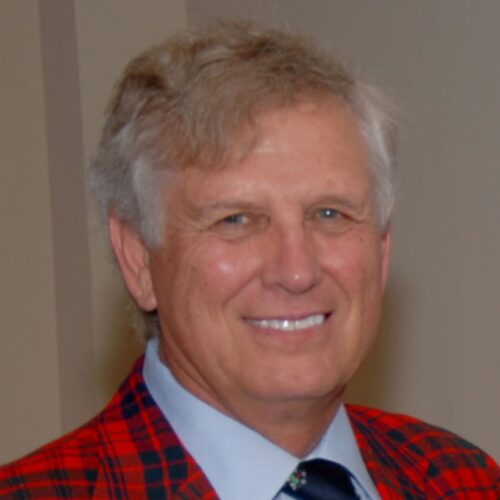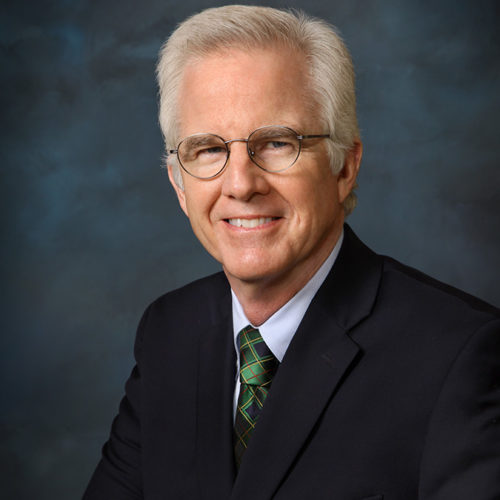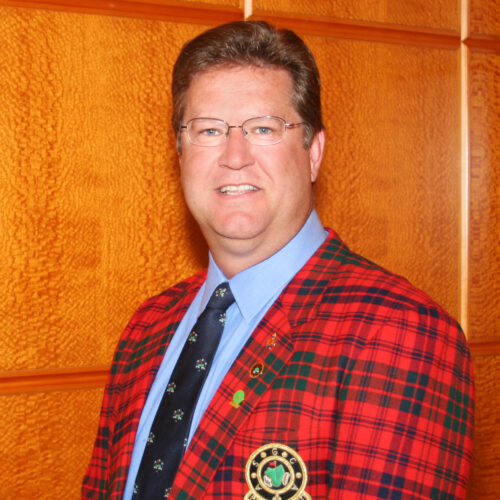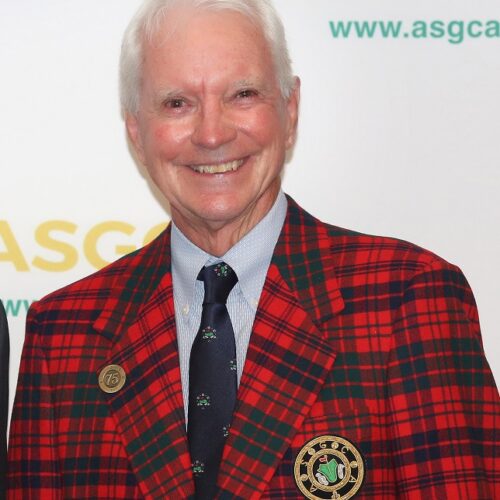A Special Invitation to Make Golf Design History
March 9-13, 2026
Pinehurst, NC
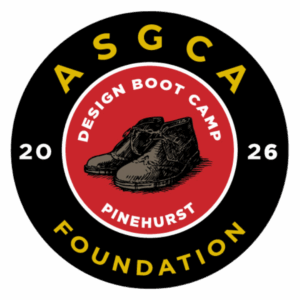
Design Boot Camp 2026
Be among 16 guests to immerse in an unprecedented golf course design exploration under the tutelage of seasoned golf course architects, walking in the footsteps of ASGCA Founding Member Donald Ross at the iconic Pinehurst Resort.
Please Join Us
Spend five days at the world-renowned Pinehurst Resort in the Village of Pinehurst, North Carolina, side-by-side with eight golf course architects learning the fundamentals of golf course design. Your design training will include an 18-hole round on Pinehurst No. 2 with your instructors and presenters, a second afternoon on The Cradle, and a construction tour of Pinehurst No. 11 with noted architect Bill Coore, ASGCA. Additionally, you’ll take a private tour of the World Golf Hall of Fame and experience true Southern hospitality.
Boot Camp Overview
Two ASGCA instructors will guide each team of four students to forge a close working relationship, ample personalized attention, and exchange of information. Your instructors will guide you through the technical aspects of golf architecture, including design philosophy, routing, working with topography, hazard placement, and green design. After completing the instruction, we believe you will view all golf courses from a new perspective.
Boot Camp Highlights
Curriculum
-
History of golf course architecture at Pinehurst
-
How to read a topographic map
-
Site evaluation, design guidelines, and design phases
-
Routing principles
-
Strategic hazard placement
-
Construction documents
-
Guidelines for green design
-
Site evaluation of Pinehurst Sandmines
-
Conceptual routing based on site evaluation
-
Grading exercise
Hands-On Experiences
-
Play Pinehurst No. 2
-
Evaluating green slopes at Thistle Du Putting Course
-
Staking holes at Pinehurst Sandmines site
-
Play The Cradle
-
Construction tour of Pinehurst No. 11 with architect Bill Coore, ASGCA
-
Fireside chat with ASGCA Members
-
Meals, mingling and more
Your Investment
This is an unprecedented experience to explore your inner golf course designer. Enrollment fee covers all Boot Camp design materials and supplies, lodging, food and beverages, golf, caddies, and gratuities. Attendance is limited to 16 participants.
Air and ground transportation are not included in the event fee. Get there on your own and we’ll handle the rest.
The fee is $20,000 per attendee, with $15,000 qualifying for a charitable tax deduction to the ASGCA Foundation (501c3 EIN: 23-7385866).
From the proceeds, the ASGCA Foundation will support projects and organizations that enhance public and municipal courses, such as Clearview Golf Club in East Canton, Ohio, in addition to funding programs that inspire, develop and assist the next generation of industry leaders.
For Further Information
To enroll or with specific questions, email
or call
Instructor Profiles
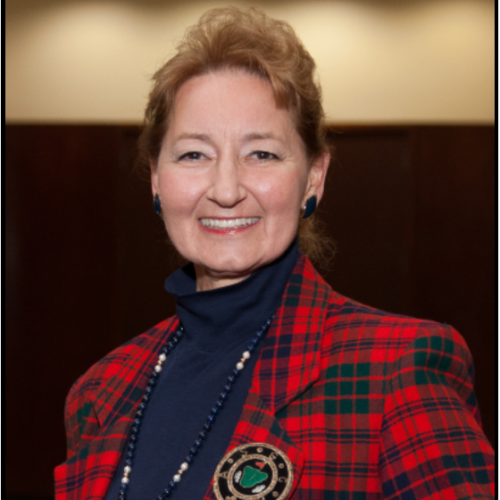
Her experience as a registered Landscape Architect, Certified Arborist, and former assistant superintendent, provides Jan with a unique outlook on the playability, strategy, ecology, economics, and aesthetics of golf courses. The USGA prominently featured Jan in its 2017-2018 Golf Museum exhibit, “Breaking New Ground – Women and Golf Course Architecture.”
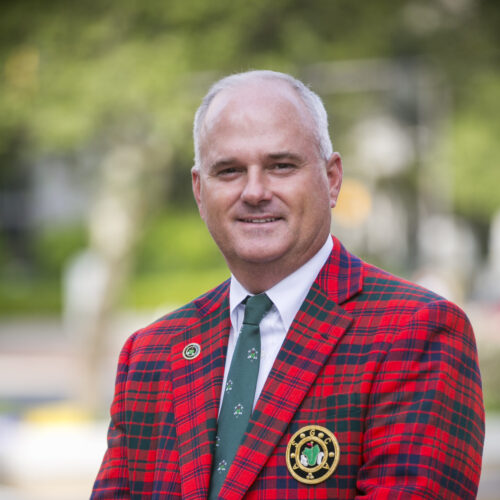
Soon after college, Blume joined Jeffrey Brauer’s firm, Golfscapes, and rose to the position of Project Architect. A few years later Blume joined the firm of Robert von Hagge and serves as Project Architect for assignments in the United States, Jaan, Mexico, and the Caribbean.
Blume now has his own design firm, Jeffrey D. Blume, Limited, and has completed projects in Texas, Louisiana, and Florida.

Brauer is also a prolific author, writing a monthly column for “Golf Course Industry” magazine and as the lead author on “Designs on a Better Golf Course: Practical answers to common questions for Green Committees” for the ASGCA Foundation. He has also taught golf course design at his alma mater.
Now retired from active practice, he accepted the position of Director of Outreach for ASGCA, working on behalf of the members and the industry at large, including support for Foundation initiatives like this one.

Since joining the RTJ II team in 1981, Bruce’s body of work is as remarkable as it is global and he has earned countless awards and accolades. His more than 50 designs are in virtually every corner of the globe, including Chambers Bay near Tacoma, Wash., site of the 2015 U.S. Open Championship.
Bruce joined RTJ II after receiving a degree in landscape architecture from the University of Arizona and went on to hone his skills under the tutelage of Robert Trent Jones, Jr.
He is a past president and current member of the prestigious American Society of Golf Course Architects.

